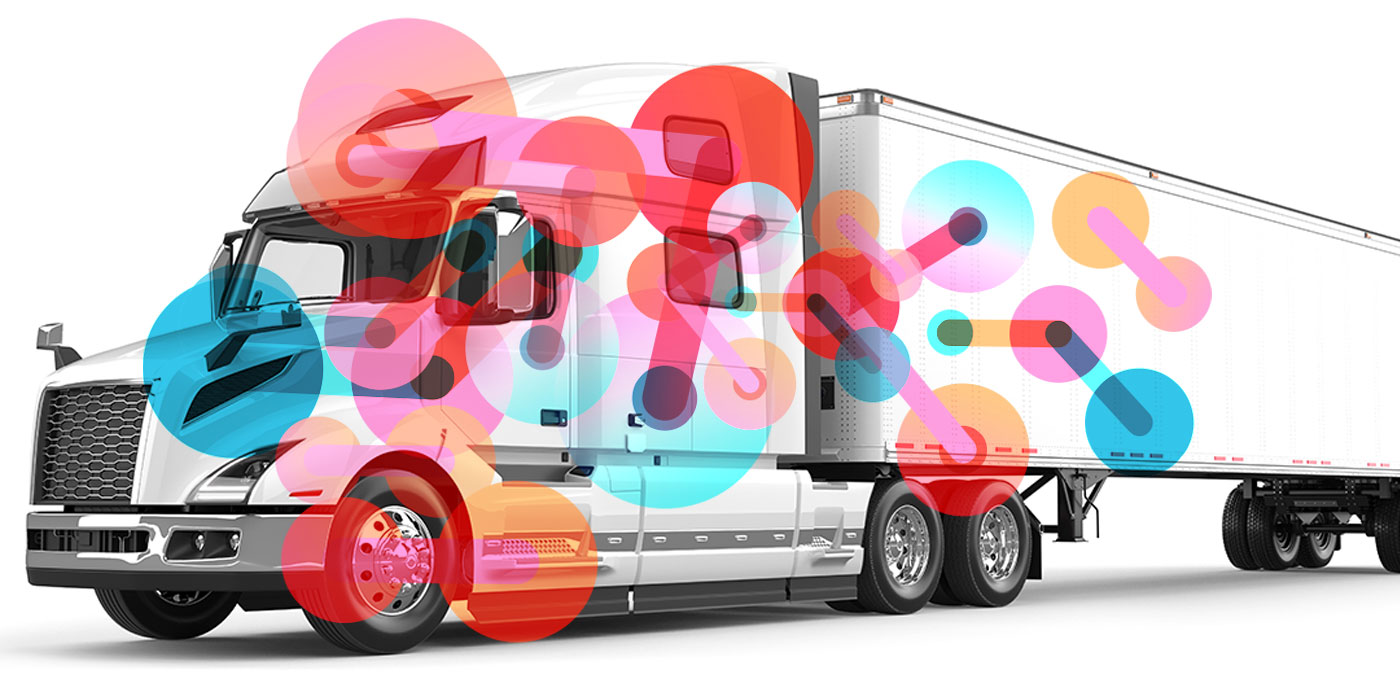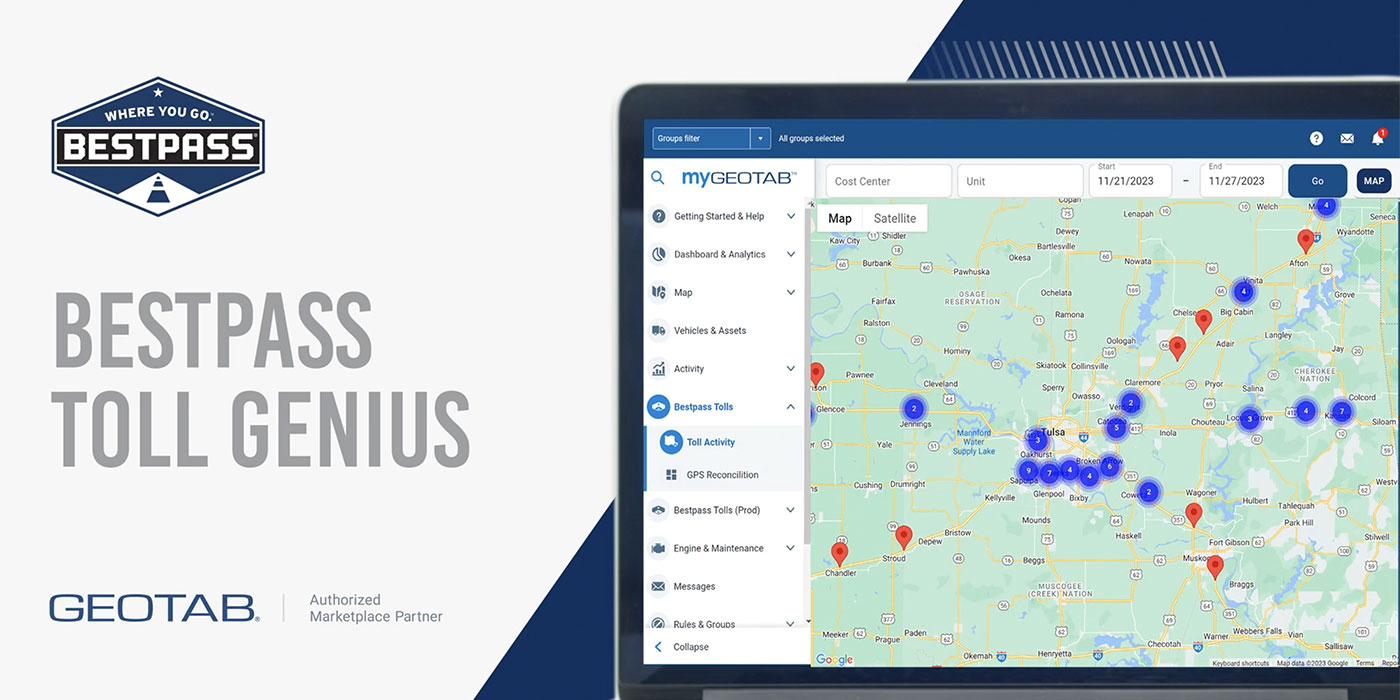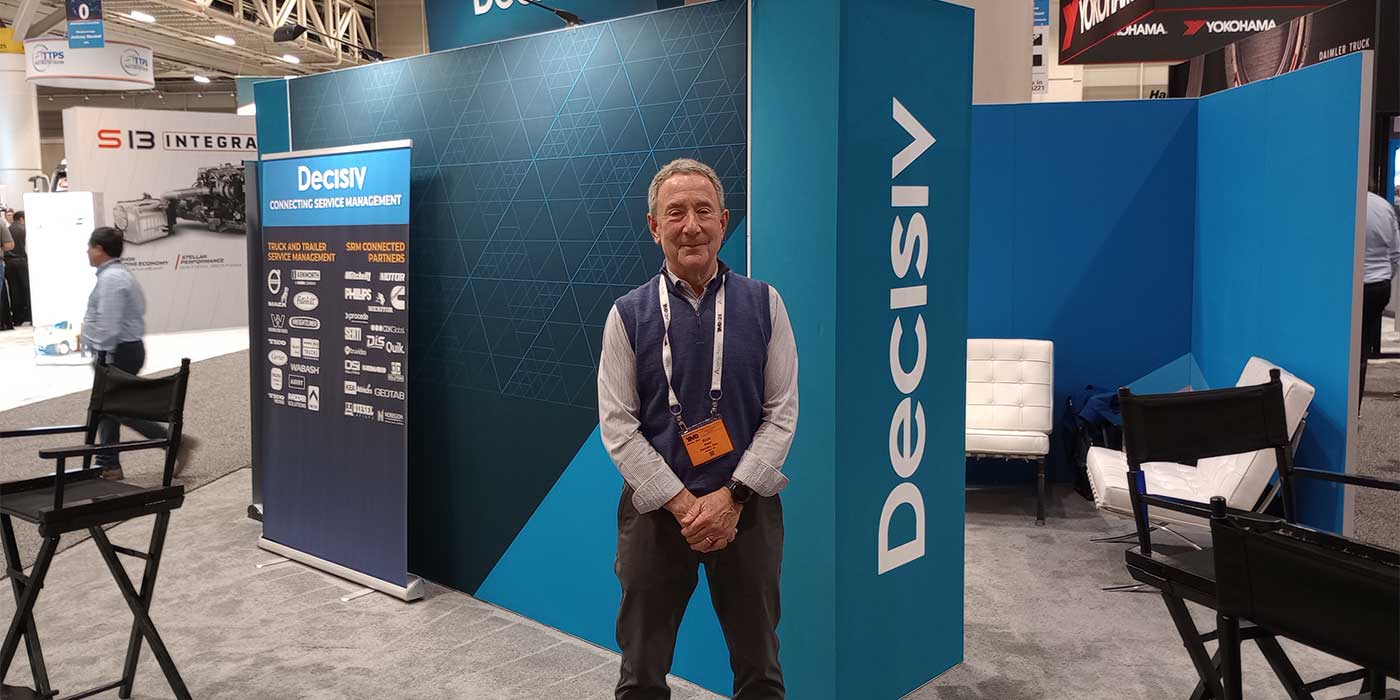
Machine learning. It’s a head-spinning artificial intelligence that puts a massive amount of data through algorithms and statistical models to tell you cool things like which of your drivers is likely to have an accident in the next 30 to 60 days and which ones are most likely to quit, all with breathtaking accuracy.
But is it the real deal or science fiction?
“When you look at this kind of solution, it sounds like a pie-in-the-sky kind of thing—you don’t think that they could tell you who will leave the company and who will not; who will have an accident and who will not. It’s hard to wrap your head around until you really start digging into it.”
That’s sound advice from David Broyles, director of driver services at Averitt Express, who has been putting Omnitracs’ machine learning models to work for the past eight years. So let’s break down the barriers in understanding machine learning and bust some ML myths.
1. What is machine learning?
Let’s start with what it is not. It’s not an artificial intelligence that will make decisions for you, and it’s not sentient software that’s going to take over your fleet like HAL 9000 from 2001: A Space Odyssey.
Today’s machine learning solutions are the answer to the question you’ve been asking for the past couple of years: What do I do with all of my data?
Machine learning models are developed by crunching massive amounts of data through complex algorithms that create statistical predictors. Then, that statistical model is trained via feedback related to its accuracy—basically, was it correct or not—to improve how it analyzes data.
It’s complicated for sure, but a cool visual representation of a model at work is IBM’s Watson AI on Jeopardy. The show displayed the probability percentages on the screen to provide a window into the AI’s operation.
Here’s a video:
2. Myth: Machine learning is a new technology
It is not. Artificial intelligence computational models have been around since 1943. What is true is that we finally have the technology able to process the massive amounts of data that your fleet is generating.
“Ten years ago machine learning was thought to be black magic and voodoo, but now people are starting to understand it and asking us, ‘How can I get involved?’” said Lauren Domnick, chief data scientist at Omnitracs, who was hired to build machine learning models back in 2007.
3. Fact: You can use machine learning
Let’s turn to a use-case: reducing accidents.
“What is the predictor of an accident?” Domnick asked. “Fleets understand that drivers that do a lot of hard braking or exhibit other risky driving behavior are more likely to have an accident. They can wrap their heads around that.
“With machine learning, now we’re talking about 10 to 20 different predictors—it’s not a one-to-one correlation. It’s about how the predictors interact with each other and how they interact with the target.”
“And it’s all based on predictors based on your company’s data and history,” Broyles added. “One of the ‘Wow’ moments for me was when we had been using the model for about a year, and we had a predictor that told us that if a driver had an accident—not even a severe accident, just an accident that was considered preventable—that the driver was 70% to 80% more likely to leave our fleet than other drivers.
“To me that didn’t make sense. Just because he had an accident? There had to be a reason for that. So I started digging into our processes as to what happens after a driver had an accident.
“We use a point-based system here at Averitt, and if a driver had an accident, we’d send them an automated message that basically said, ‘Hey, you had an accident that was deemed preventable; you just lost three points,’ and that was it. We got to talking within our fleet management about it, and we came to the conclusion that we should communicate that differently.
“So we changed the whole process. Now we make a phone call and turn it into a coaching session. We say, ‘Here’s what we’re going to do to get your points back. Here’s the game plan going forward.’ To help the driver make sure that he knows he’s going to maintain his points and work to get the points back.”
Six months later, that predictor—that a driver is more likely to leave after having an accident—basically disappeared. It didn’t even hit the top 10 predictors that Averitt had set up.
“The analytics told us that we were doing something wrong—that we were behaving in a way that was causing drivers to leave. That was the moment when the machine learning model hit home for me and I said, ‘This is the real deal; it works.’”
4. Is it really that easy?
Broyles is humble. The most important two words in his driver retention story are: “We changed.” Full stop. Of course, Omnitracs’s machine learning model raised a flag and alerted him that there was a specific problem—and you can’t fix a problem you don’t know about—but Broyles was the one who started asking questions, created the conversation and, perhaps most importantly, recognized that a process needed improvement; that Averitt could do better.
“We have fleet managers in groups of five and then fleet leaders over them, and we coached the leaders with driver-coaching talking points and then the leaders talked the fleet managers through the driver conversations. And that’s how we did it from then on.”
Today, Averitt has a driver support team whose primary function is to call drivers.
“That’s their job,” Broyles said, “and they’re really good at communicating. They get a list of drivers to call based on our predictors, and they pick up the phone and call them—and that’s the key. You can be told who is going to quit, but if you can’t get on the phone and change their minds, then having the analytics isn’t any good—it’s only as good as how you act on it.”
And Averitt is good at it. Broyles noted that the fleet’s driver turnover rate last year was 50%.
“That’s about as good as anybody I know.”
Again, Broyles is humble. That’s fantastic.
5. So what does it take to start putting machine learning to work?
You have to identify the problem you want to tackle. Eighty percent of the machine learning workload at Omnitracs, for example, is building fleet-specific custom models to provide predictors tailored to those challenges. That said, Omnitracs does offer general Industry Models that are pre-built and ready to use. For example, Omnitracs offers three driver-focused Industry Models: predicting which drivers are likely to have a preventable accident; predicting which drivers are likely to have a severe accident; and predicting which drivers are likely to voluntarily leave a fleet.
“For the industry models, the only input variables are the hours-of-service data,” Domnick explained, “and we derive around 1,200 variables from those six lines of code based on the driver’s duty status. It’s basically a plug-and-play solution because of the ELD mandate, most everyone is going to have that data.
“For custom models, it’s a little different. We start to build the model using two to three years of data. We build the model, test it, validate the data, but then we take it one step further. So let’s say we use May, June and July 2019 data. We tell the client: ‘Here are the predictive results from those three months. You validate it against your operations.’ It’s what we refer to as a blind validation. So they wouldn’t have given us their accident data for those months, but we’ll tell them our predictions and then they can match it up with their records.
“And that’s when it hits home.”
Domnick’s machine learning model building team is cranking out predictors for everything from performance monitoring and critical events to the aforementioned hours-of-service driver predictors and anything you might be able to dream up.
The catch?
Custom models are best suited for large fleets—Domnick recommends that a fleet have 500 drivers or more to invest in a custom model. If you’re a small or mid-sized fleet, you can still leverage the three Omnitracs Industry Models that would provide you with retention and accident predictors.
“We have clients as small as 20 drivers that use the Industry Models,” Domnick said. “But what it boils down to is the fleet’s need and buy in to make the model successful by taking action.”













